
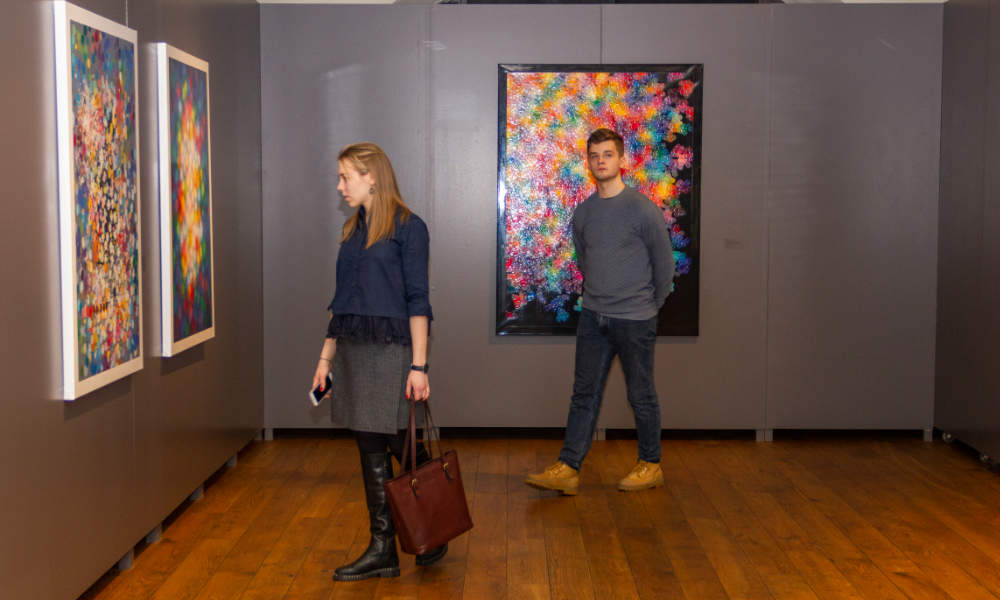
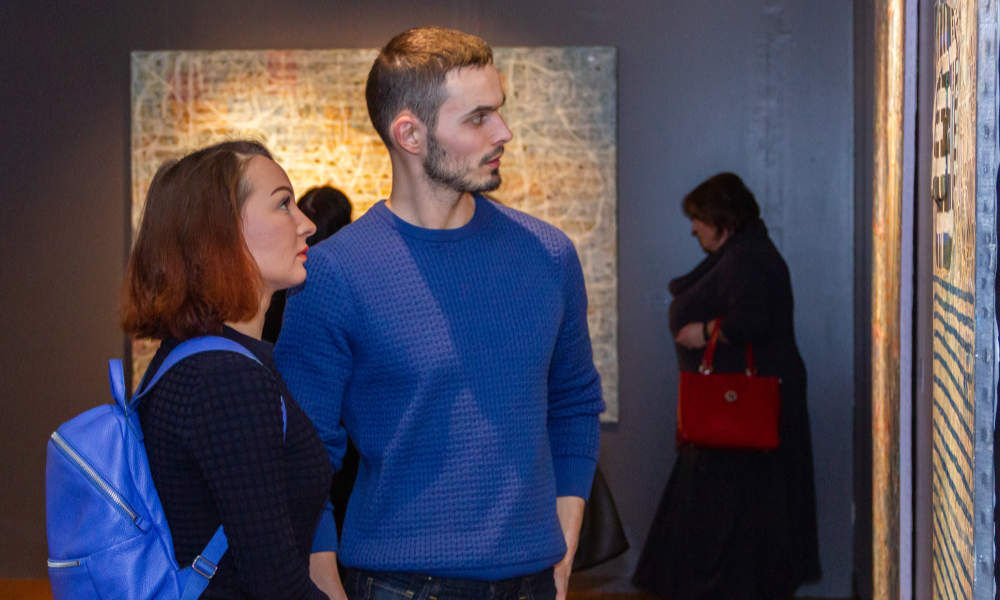
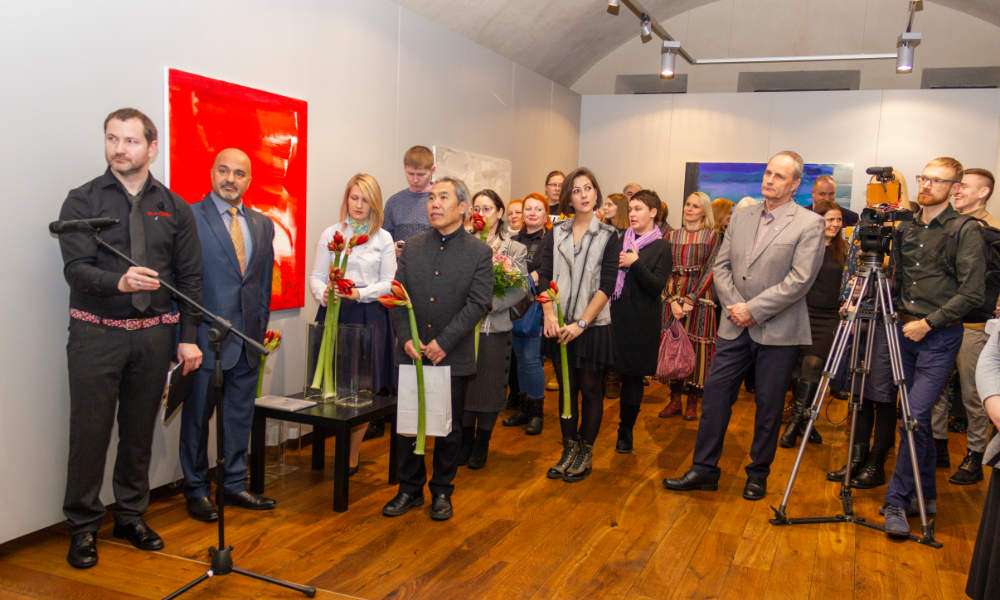
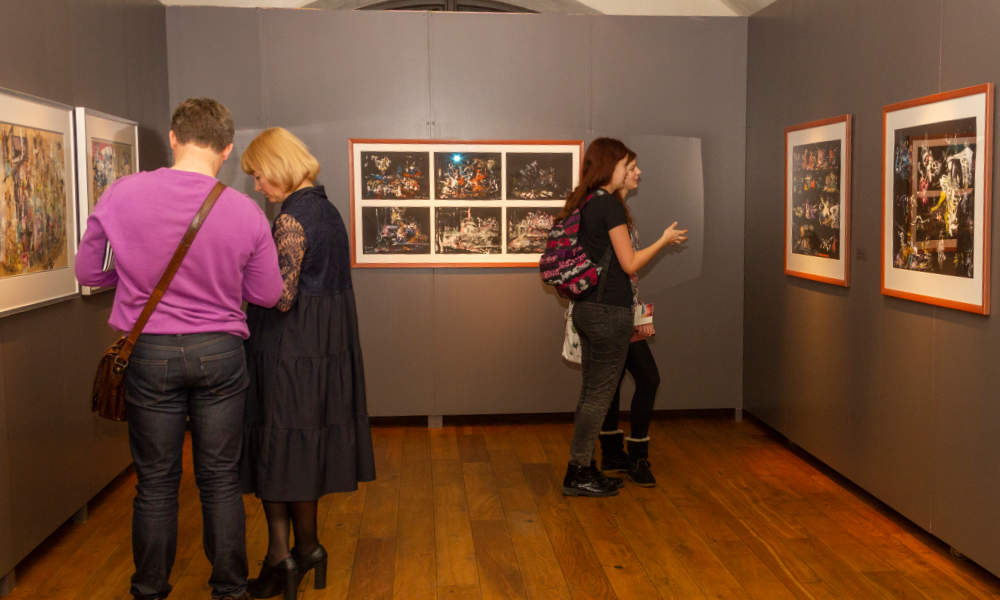
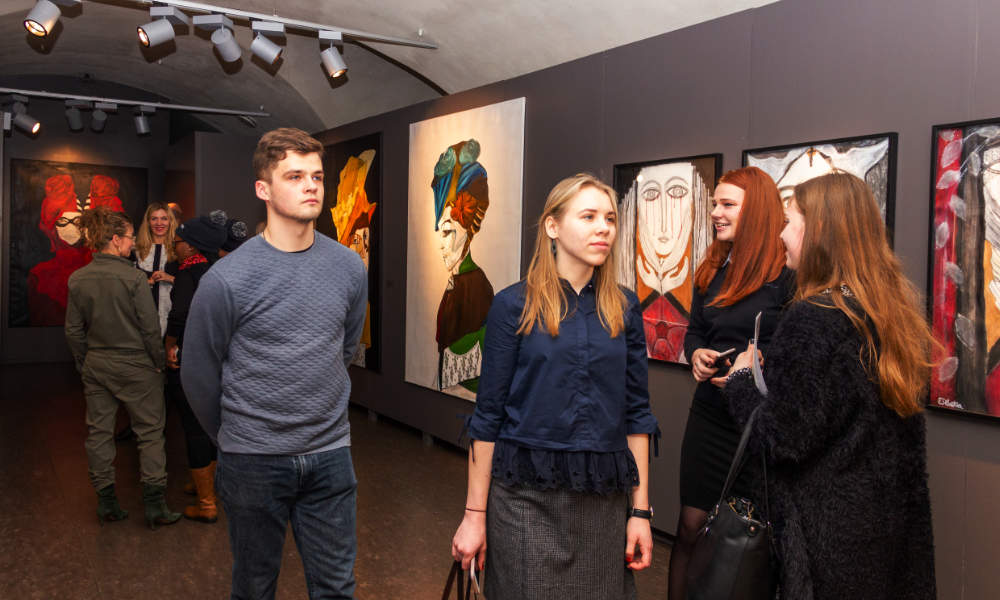
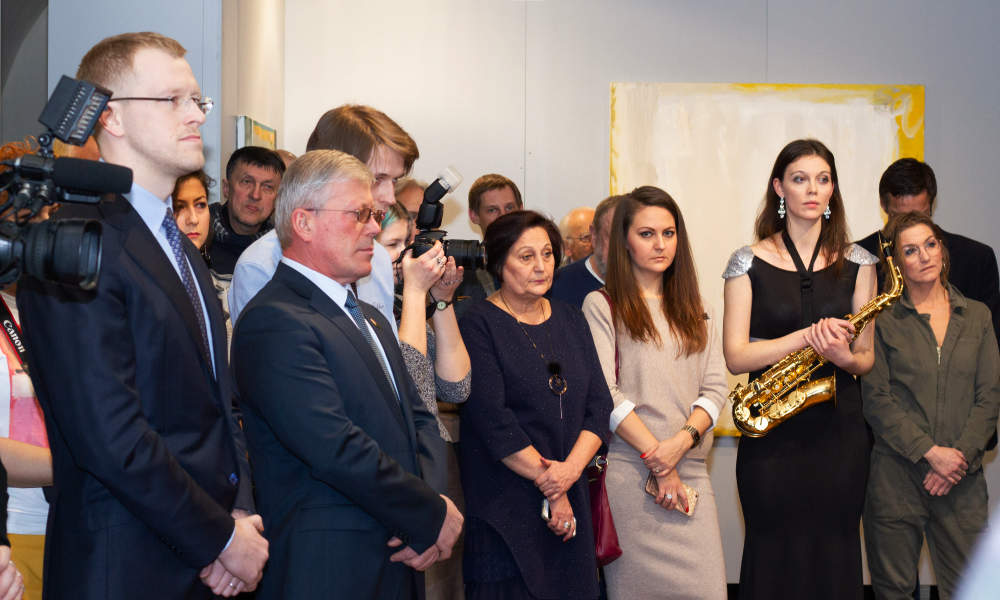
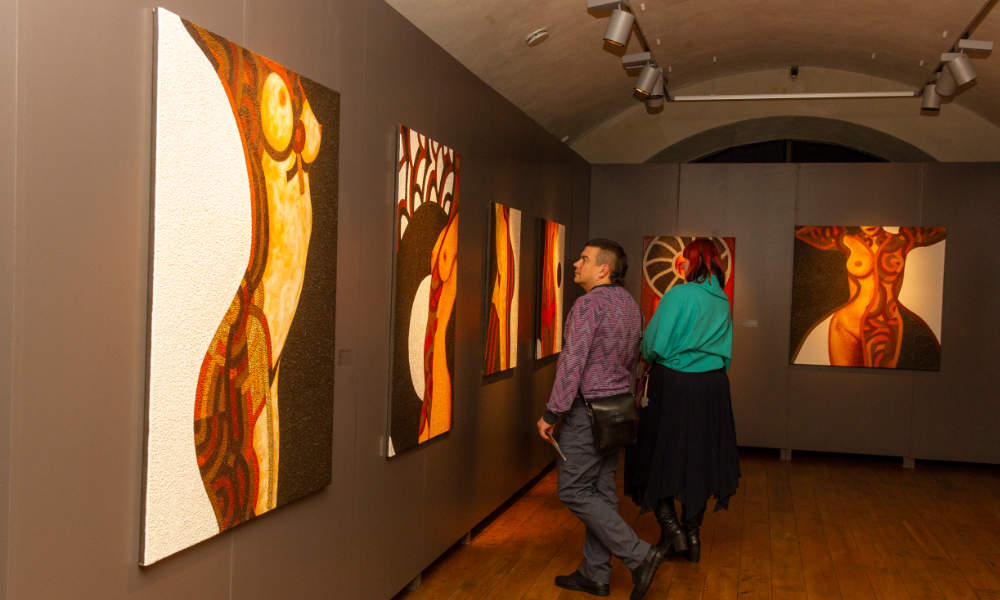
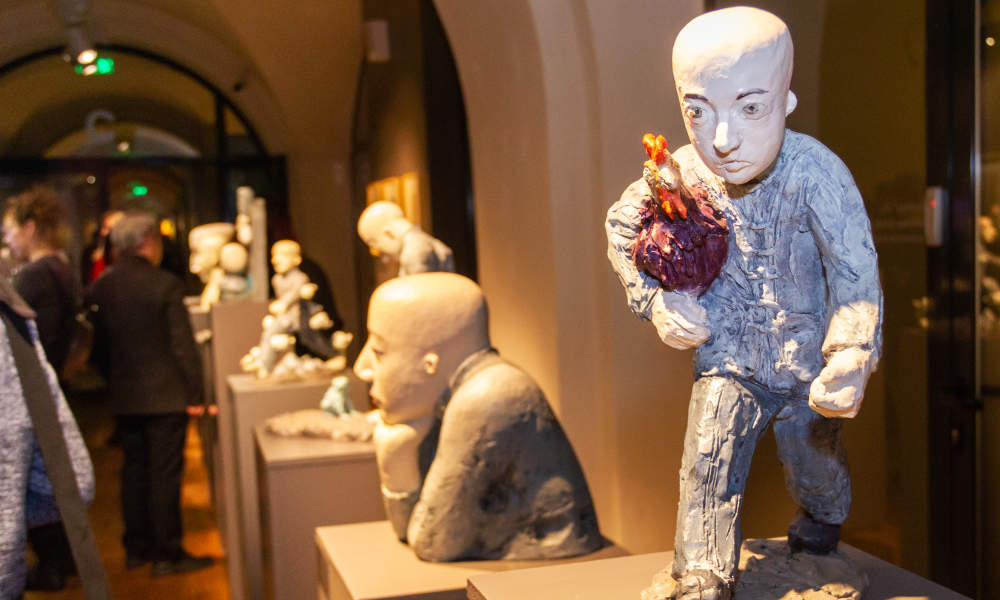
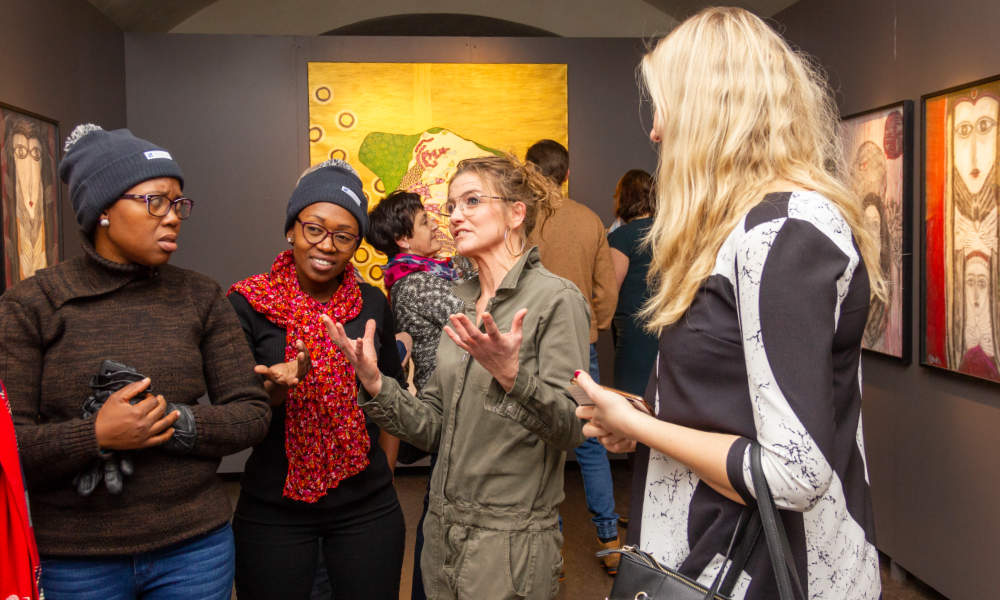
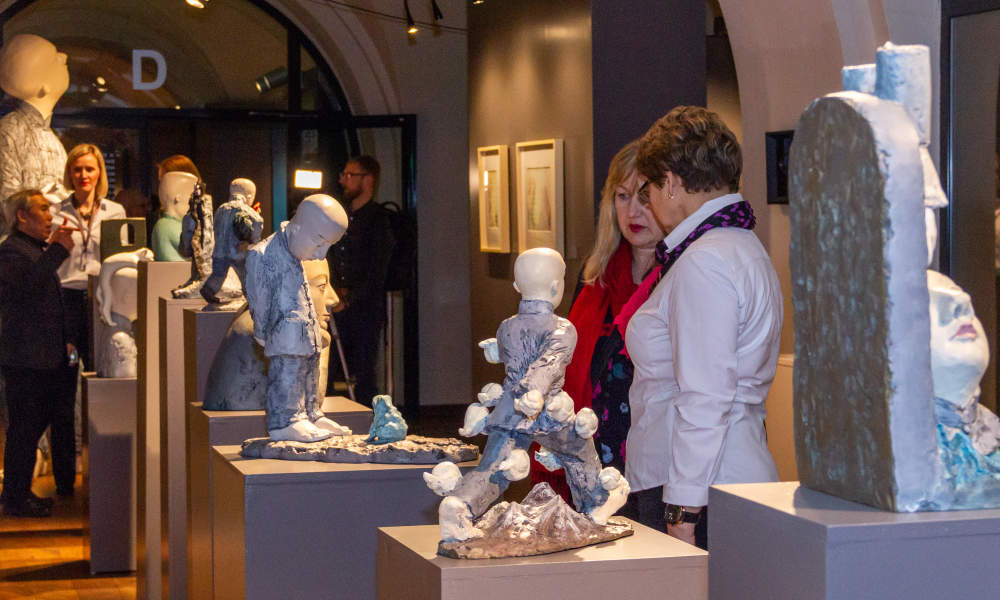
Mark Rothko – Beauty is truth, truth beauty – 2019
The truth (in Latin “veritas”) is the correspondence between a proposition and the reality to which this proposition refers. However, this definition of truth is not the only one, there are many definitions of the word and many classical controversies around the various theories of truth. “Truth” involves both the quality of “faithfulness, fidelity, loyalty, sincerity, veracity”, and that of “agreement with fact or reality”. In a general sense, it stands against falsehood.
When John Keats was mesmerized by a Grecian Urn, in the end of his Ode, he wrote “Beauty is Truth, Truth Beauty”. We might arrogantly claim that the history of art is the history of depicting truth. In this sense, at first sight, considering Umberto Eco’s On Ugliness, we might disagree with Keats, because some scenes in art are not beautiful by a common viewer. But on another level, truth by itself is beautiful, even if it depicts ugliness. Art freezes the moment of truth in the mind of the artist. The artist becomes a story-teller and a philosopher who tells a story or a piece of truth in the static immobility of art. Art is passed down through generations and centuries. It exists beyond temporality. Indeed, art endures the test of time or, better to say, it is free from time while being frozen in time.
Without being involved with very complicated theories of truth and theories of beauty, in this exhibition, we try to show different faces of truth. Some artworks fill the viewer with passion and beauty and some depict the horrors of the 20th century in an artistic form.
